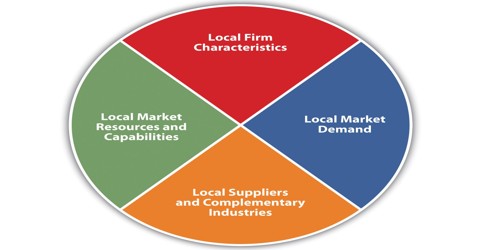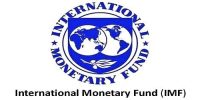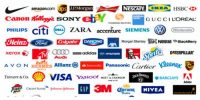Global Strategic Rivalry Theory of International Trade
Global strategic rivalry theory emerged in the 1980s and was based on the work of economists Paul Krugman and Kelvin Lancaster. Their theory focused on MNCs and their efforts to gain a competitive advantage against other global firms in their industry. Firms will encounter global competition in their industries and in order to prosper, they must develop competitive advantages. The critical ways that firms can obtain a sustainable competitive advantage are called the barriers to entry for that industry.
Theory in short –
- Firms struggle to develop sustainable competitive advantage,
- Advantage provides an ability to dominate the global marketplace,
- Focus: strategic decisions firms use to compete internationally
The barriers to entry refer to the obstacles a new firm may face when trying to enter into an industry or new market. The barriers to entry that corporations may seek to optimize include:
- research and development,
- the ownership of intellectual property rights,
- economies of scale,
- unique business processes or methods as well as extensive experience in the industry, and,
- the control of resources or favorable access to raw materials.
According to the theory, a new firm needs to optimize a few factors that will guide the brand in overcoming all the barriers to achievement and gaining a significant appreciation in that international market. In all these factors, a methodical study and timed developmental steps are essential. Whereas, having the total ownership rights of rational properties is also essential. In addition, the beginning of exceptional and helpful methods for industrialized as well as scheming the entrance to a raw substance will also come helpful in the way.
A firm can gain a competitive advantage through:
(1) Owning intellectual property:
It is done by brand name, trademark, patent/copyright, unique formula etc. Example – Unique formula of Coca-cola
(2) Investing in Research & Development:
It is the procedure of gaining a competitive advantage by R&D systems. Example – Boeing is the most successful aircraft manufacturing because it does a vast amount of study for its competitors by its R&D department
(3) Achieving economies of scale or scope:
At the time of international trade, the manufacturer increased. For this cause cost per unit reduces and new sector/scope is being created for investment consequently, various sized and typed product can be produced.
(4) Exploiting the experience curve:
Sometimes competitive advantage can be increased by injecting the experience. Very frequently firms employ experienced inhabitants for their need.
It focuses, however, on planned decisions that firms implement as they participate globally. These decisions influence both international trade and international investment. Global Rivalry Theory describes numerous ways in which Multinational Enterprises can develop a competitive advantage over its competitors. Some of the ways are by ownership or patenting of rational property rights, channeling money into research and development, the exceptional procedure of the experience curve and development of their business to international business or economics. Once again, the major aim here is for turnover maximization for those companies and the social and environmental aspects are not addressed.
















